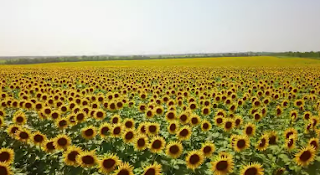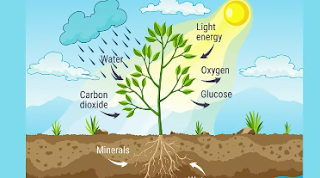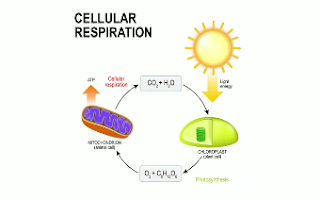Plants come in all kinds of shapes and sizes.
Plants belong in the plant kingdom. It is also called kingdom Plantae.
Let's look at some common characteristics of the kingdom Plantae.
The plant kingdom is made up of multicellular, eukaryotic organisms which means they have a nucleus and membrane bound organelles, they are autotrophs which means that they are self feeders. Plants combine carbon dioxide water and sunlight to produce oxygen and glucose in a process called photosynthesis.
This glucose is then used to create ATP during cellular respiration.
The cells of plants have a cell wall made of cellulose.
The cell wall provides protection and shape.
Most Plant cells have a large central vacuole
There is a very wide range of plants.
There are roughly 500,000 species of plants on earth.
Two major categories are vascular and nonvascular
Vascular plants have vascular tissue that allows them to grow larger in size.
Xylem transports water and phloem transports sugar throughout the plant.
This allows some vascular plants to grow very large.
Nonvascular plants move water by osmosis. This limits the size of nonvascular plants. A very common example would be moss.
You can also classify plants into plants with flowers and plants that do not have flowers.
Angiosperms are plants that have flowers.
They contain a carpel with a stigma style and ovary
Most vegetables and fruits we like to eat are angiosperms
Gymnosperms do not flower and rely on airborne pollen to reproduce.
Many trees like pine and fir trees are gymnosperms.





0 comments:
Post a Comment